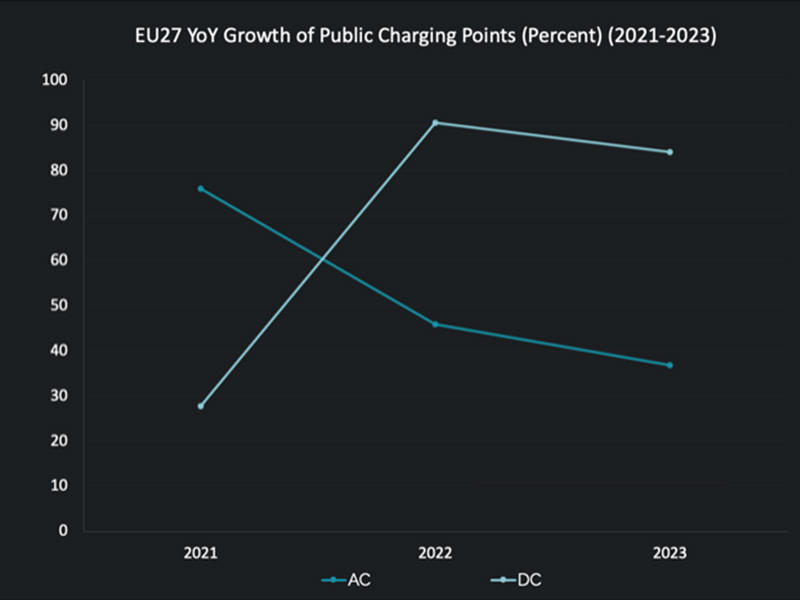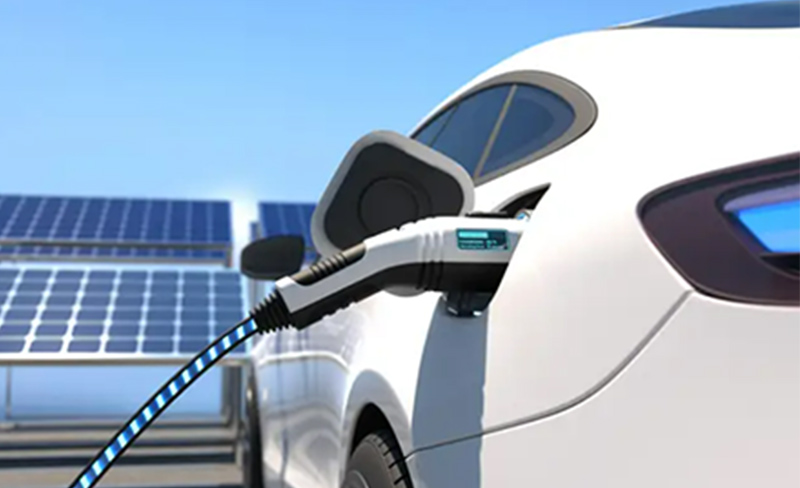Europe, the majority of EV charging happens at homes or workplaces, which represent 70% of charging activities. These locations generally offer lower power outputs and require more time to charge, making them the most cost-effective options for EV owners. This presents a challenge in accommodating the 46% of EU residents living in apartments, hence the need for accessible public charging infrastructure from the EV charger module supplier.
Growth in Europe's public EV charging sector, while faster than many regions, has experienced a deceleration. The installation of AC chargers in Europe increased by 46% in 2022, down from 76% the previous year, and slowed further to 37% growth in 2023. DC chargers also saw high growth rates, at 90% in 2022 and 84% in 2023.

By the end of 2023, the European Union boasted over 630,000 public charging points according to the European Alternative Fuel Observatory (EAFO), with DC chargers making up 13% and AC chargers 87%. This is a considerable increase from the 7% share of DC chargers at the end of 2021.
The High-Power Charging (HPC) network is essential for facilitating EV adoption across Europe. Under the Alternative Fuels Infrastructure Regulation (AFIR), ultra-fast charging stations are categorized by their output levels: Level 1 offers 150 kW to less than 350 kW, while Level 2 provides 350 kW or more, enabling the quickest charging times.
HPC stations account for 7% of all public charging points within the EU27. This percentage rises to 8% when including the wider European region. Norway leads in the HPC ratio with 25%, followed by Finland and Estonia at 16%, Germany at 13%, and Austria at 11%. Latvia, Croatia, Iceland, Sweden, and Bulgaria also have a substantial share, with 10% of their public charging points being ultra-fast chargers.
In the first quarter of 2023, the Alternative Fuels Infrastructure Regulation (AFIR) underwent revision, establishing guidelines for the extent of electric vehicle (EV) charging availability throughout Europe. This regulatory update demonstrates a clear commitment to advancing public charging infrastructure development across the continent.
As an illustration, by 2025, the European Union's Member States are required to ensure the presence of a fast-charging station within a maximum distance of 60 kilometers in each direction along the main European routes. This directive emphasizes the importance of enhancing the accessibility of fast-charging facilities for EVs across key travel routes.

Save cost-with manufacturer direct pricing
Control quality-with strict quality control and testing
Save time-with experienced team to get project done